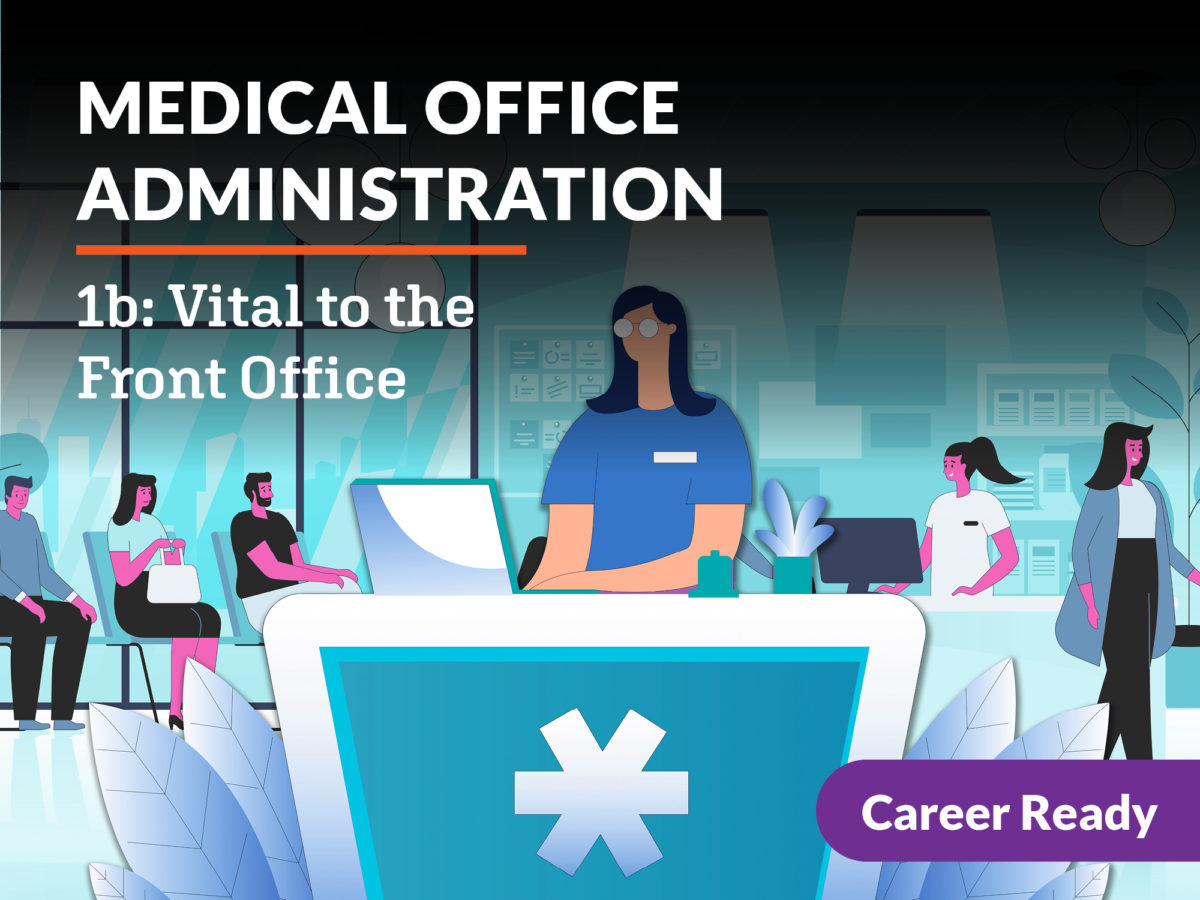Ideal Practices in Medical Management for Improving Effectiveness and Decreasing Expenses
In the ever-evolving landscape of healthcare, the quest of ideal practices in medical management is paramount for improving effectiveness and suppressing expenses. By integrating innovative modern technologies such as electronic wellness documents and telemedicine, healthcare providers can improve procedures and boost individual treatment.
Leveraging Advanced Technology
In today's rapidly advancing healthcare landscape, leveraging sophisticated innovation is no more optional yet important for reliable medical management. The combination of digital options into healthcare systems has transformed the way facilities operate, improving processes and boosting client care. Electronic Health Records (EHRs) are crucial, supplying comprehensive patient information that can be accessed immediately by authorized workers, therefore minimizing redundancy and minimizing errors. By streamlining individual info, EHRs get rid of the need for troublesome paperwork and assist in smooth interaction among medical care providers.
Telemedicine is one more technological improvement that has actually revolutionized individual communication. It provides benefit for both patients and medical care specialists by enabling remote appointments, which can decrease the need for in-person gos to and maximize appointment organizing. Additionally, telehealth platforms can prolong healthcare accessibility to rural or underserved areas, connecting voids in treatment delivery.
Furthermore, using Artificial Intelligence (AI) and artificial intelligence is coming to be progressively prevalent in anticipating analytics, permitting very early detection of possible health and wellness issues and even more informed decision-making. These innovations, when incorporated properly, can improve diagnostic precision and personalize patient therapy plans, inevitably causing improved healthcare results and functional performance.
Optimizing Resource Allotment
Efficient source allowance is critical for making best use of the effectiveness of medical administration. By strategically handling resources such as personnel, tools, and finances, medical care centers can substantially boost their functional efficiency, enhance individual end results, and reduce unnecessary expenditures. The initial step in maximizing source allowance entails performing a comprehensive evaluation of current assets and recognizing areas where resources may be underutilized or exhausted. This assessment should be data-driven, utilizing metrics and analytics to notify decision-making processes.
Focusing on resource allowance based on individual requirements and service demands is crucial. This involves lining up sources with high-demand areas, such as emergency care or specialized therapies, to guarantee timely and efficient client care. Implementing adaptable staffing versions can likewise maximize labor sources by adjusting employees allowance in response to changing client volumes. In addition, embracing telemedicine and other technological options can alleviate physical resource restraints by using alternative methods for patient-provider communications.
Monetary sources ought to be diligently monitored and designated with strategic foresight to sustain both temporary operational demands and long-lasting institutional objectives. This includes investing in training programs that improve team expertises and adopting energy-efficient methods that decrease functional expenses (medical administration). Ultimately, a maximized source appropriation method cultivates a lasting healthcare setting that is responsive, reliable, and economically prudent
Streamlining Workflow Processes
When health care facilities goal to improve operational performance, enhancing process processes becomes a pivotal emphasis. Efficient process lessen redundancy, eliminate unneeded steps, and enhance control among healthcare experts. This method not only increases solution distribution but likewise improves the top quality of person treatment.

Following, technology combination plays a significant function in simplifying process. Implementing digital health and wellness records (EHRs) and electronic doctor order entry (CPOE) systems lowers paperwork, reduces human error, and guarantees information comes to all appropriate employees. Additionally, leveraging telemedicine systems can enhance individual assessments and follow-ups, minimizing the stress on physical facilities.

Ultimately, streamlined operations cause cost reductions and improved person contentment, fostering a more lasting health care setting.
Enhancing Information Management
Building upon structured workflows, enhancing data monitoring ends up being a crucial part ahead of time health care management. Efficient data administration systems are vital for preserving exact person documents, improving decision-making, and making article source certain conformity with regulatory criteria. By implementing robust data monitoring services, healthcare centers can enhance the quality of client treatment while simultaneously minimizing functional prices.
One trick aspect of enhancing information administration is the combination of advanced electronic health document (EHR) systems. These systems help with the smooth exchange of person info across different departments, decreasing replication of tests and lessening errors. A properly designed EHR system supports data analytics, enabling doctor to identify trends and make informed decisions pertaining to patient care.
Moreover, guarding patient data is paramount. Embracing thorough cybersecurity actions, including security and regular audits, guarantees the honesty and privacy of sensitive details. This not only protects clients however also keeps the institution's credibility.
Purchasing personnel training is another important factor. Educating health care professionals on information management methods improves their capacity to successfully utilize modern technology, leading to enhanced person end results. In verdict, improving data administration via sophisticated innovation and comprehensive training is vital for achieving effectiveness and price decrease in clinical administration.
Fostering Collaborative Communication
A vital part in progressing medical administration is cultivating collective interaction amongst healthcare experts. Reliable communication is extremely important for guaranteeing smooth person care, optimizing therapy end results, and decreasing mistakes. By encouraging open dialogue and coordination throughout multidisciplinary teams, health care companies can boost their functional effectiveness and minimize unnecessary prices.
Central to this technique is the assimilation of interaction innovations such as electronic wellness documents (EHRs) and safe and secure messaging systems, which facilitate the rapid exchange of important person details. These tools allow healthcare companies to gain access to and share data in actual check my blog time, making sure that all employee are informed and straightened in their decision-making processes. Furthermore, regular group meetings and interdisciplinary rounds can even more promote a society of cooperation and responsibility.
Educating programs concentrated on enhancing communication skills are also necessary. These programs can aid team create the ability to convey info plainly and listen actively, hence lowering misconceptions and cultivating a supportive workplace. Additionally, adopting standardized communication protocols, such as SBAR (Scenario, Background, Analysis, Referral), can enhance the exchange of info, guaranteeing that vital information are shared succinctly and successfully. Ultimately, promoting collaborative interaction leads to enhanced medical care shipment and cost savings (medical administration).

Verdict
Including sophisticated technology, such as electronic health and wellness records and telemedicine, alongside maximized resource appropriation and structured process processes, is crucial for improving effectiveness in clinical administration. Efficient information monitoring and fostering collective interaction amongst health care teams are crucial for lessening redundancies and improving care top quality. By focusing on precautionary care and taking part in quality renovation efforts, medical care organizations can attain substantial cost savings and enhanced patient outcomes, thus ensuring sustainable healthcare delivery in an increasingly complex atmosphere.
Comments on “The Significance of Medical Administration in Medical Care Management”